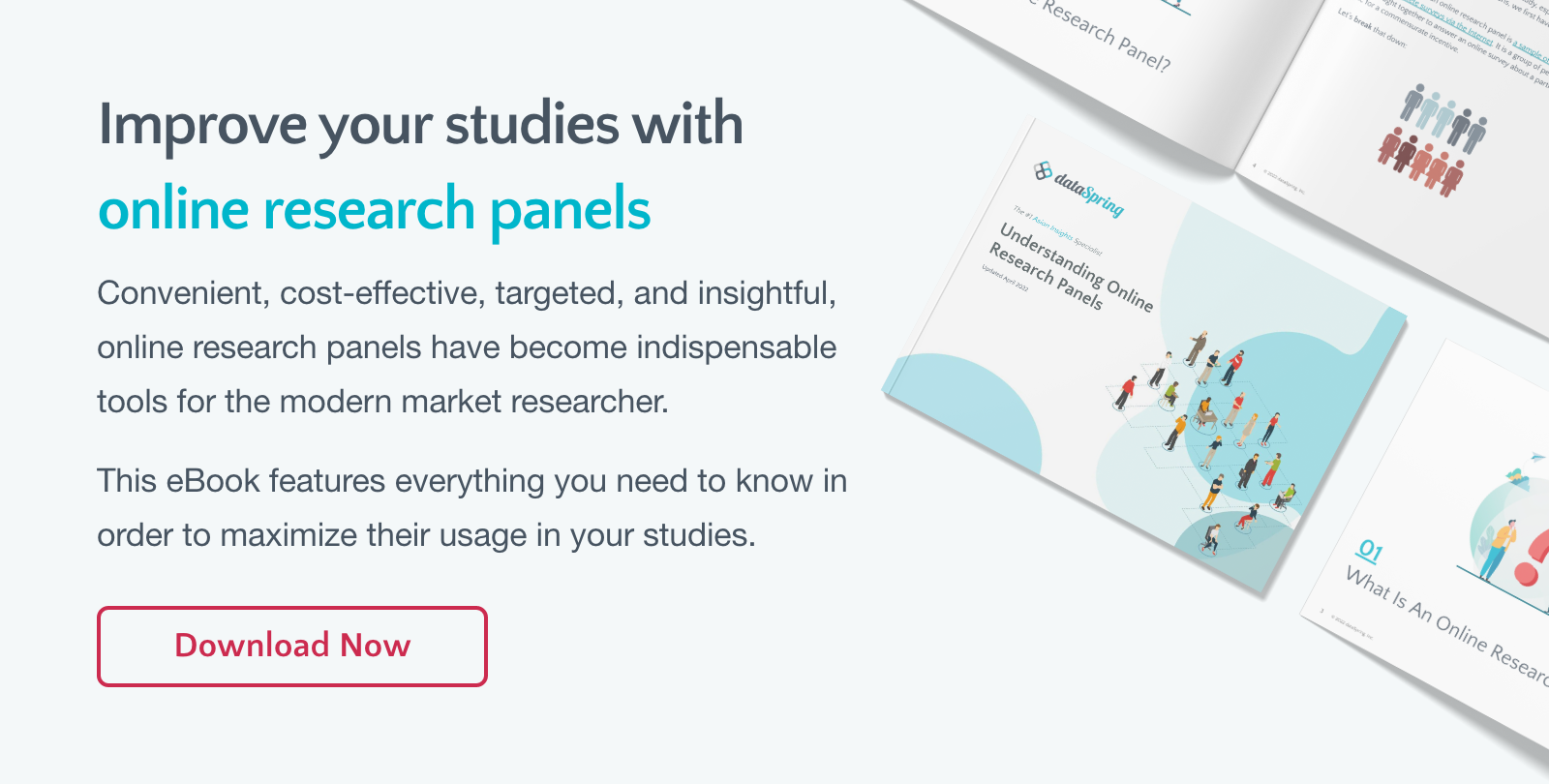
Good user experience and feedback are critical to most goods' success in today's fast-paced digital market. Knowing how users interact with a product—be it a real product, a website, or a mobile app—is more crucial than ever. For instance, consumers respond best to products that appear to be more intuitive, and they are more likely to suggest them to their friends. Here's where you may obtain priceless insights into user behavior, preferences, and pain spots with the help of in-house user testing, or IHUT.
What is In-House User Testing?
Market research firms and corporate R&D departments employ the technique of "in-house user testing" to assess the usability and functionality of their goods and services. IHUT entails testing products in a setting with actual users.
The IHUT process typically involves the following steps:
Planning: The test's objectives and target audience are determined in the first stage. During this stage, some of the questions are as follows:
- Which particular features of the good or service are you looking to assess?
- Which users are the main ones?
Recruitment: Selected factors, including demographics, usage habits, and knowledge level, are used to attract participants. To make sure that the insights acquired are pertinent and useful, it is crucial to precisely match the participants to the real target market.
Testing: Participants are asked to perform various tasks in using the product or service. This may include navigating through a website, using specific features of an app, or providing feedback on a prototype.
Data Collection: A variety of techniques, including observation, interviews, questionnaires, and usability metrics, are used to gather data. Researchers collect quantitative data (task completion rates, time on task, etc.) as well as qualitative information (user comments, pain spots, etc.).
Analysis: To find trends, patterns, and opportunities for development, the gathered data is examined. Researchers explore user preferences, prevalent usability problems, and ways to improve the user experience.
Iteration: The product's features, functionality, and design are refined by the researchers based on their observations from the testing phase. This procedure aids in product improvement and fixes any found flaws.
Best Practices for IHUT
When doing IHUT testing, researchers can obtain more useful data by following precise, defined procedures and metrics. The procedure becomes more effective and convenient for everyone involved—participants as well as researchers—when steps are more clearly defined and intentional.
Define Clear Objectives: Clarify the goals of the user testing and design targeted research questions to direct the procedure.
Recruit the Closest Representative Participants: To acquire pertinent insights, make sure the people you hire for the user testing are a good representation of the intended population.
Create Realistic Scenarios: Create test scenarios that are representative of actual usage situations to gain a deeper understanding of how people will engage with the product in daily life.
Encourage Honest Feedback: Establish a welcoming, accepting atmosphere that inspires people to share their genuine opinions about their experiences.
Iterate and Improve: Utilize the knowledge acquired from user testing to iterate the product and enhance the user experience over time.
The benefits of IHUT
As was already indicated, performing an IHUT has several advantages, chief among them being the production of insightful and useful data that can be used to improve future product offerings. Among the observations are the following:
Insight into User Behavior: IHUT gives businesses direct access to user behavior, preferences, and pain areas by revealing how consumers interact with a product or service.
Early Detection of Issues: Businesses can find usability problems and fix them before a product is released by testing products with actual users early in the development process.
Cost-Effectiveness: It can be less expensive to carry out user testing internally as opposed to contracting with other organizations. More flexibility and control over the testing procedure are also made possible by it.
Faster Iteration Cycles: Faster iteration cycles are made possible by in-house user testing, which enables businesses to develop designs and features more quickly in response to user input.
Increased User Satisfaction: Businesses can produce goods that better satisfy the requirements and expectations of their target market by integrating user feedback into the design process. This will eventually boost user happiness and loyalty.
To sum up, IHUT gives businesses an effective way to improve user experiences, hone their goods, and boost sales. Organizations can make greater use of their current resources, encourage closer teamwork, and obtain deeper insights into user behavior by holding testing on their property. Companies may maintain agility, competitiveness, and customer-centricity in a dynamic market by adopting IHUT as a cornerstone of their product development, particularly as the digital landscape continues to change.
How dataSpring can help you jumpstart your IHUT research
With millions of Asian panelists available, dataSpring can help you initiate your IHUT projects by connecting you to participants who are closest to your target market, supported by our cultural and local language expertise. dataSpring ensures delivering high-quality data and quick turn-around times, providing insightful results at a great value to serve your research needs. Contact us today to learn more about how we can help with your research!
You can also check out our panel book here if you want to know more about panel research in Asia! See you at our next one!


 Download Panel Book
Download Panel Book


